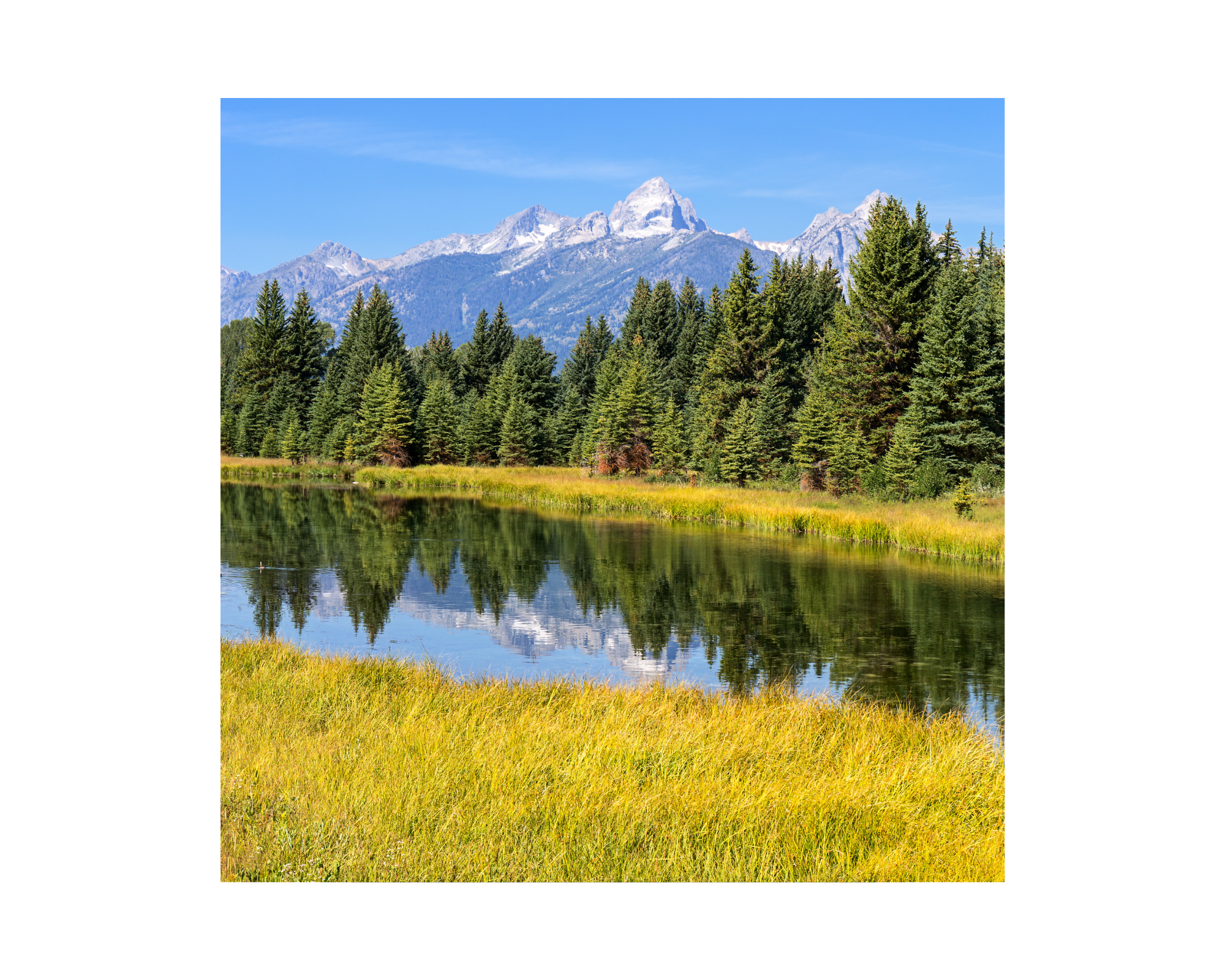August 24, 2023
By Michael Collins, Teravana
Redwoods and Native Americans in Northern California go hand in hand, part of the same history and culture.
According to California State Parks.gov, it is estimated 200,000 to 700,000 indigenous people inhabited California at the time of Columbus. Northern California had the densest population of Native Americans in California.
Many tribes, like the Kashaya Pomo of the redwood region, did not live within the forests, but rather in meadows or near streams, or the nearby coast, where they fished and hunted (California State Parks.gov).
Redwoods were a resource for canoes and building homes. Because of the redwoods’ durability and resistance to decay, these structures held together for hundreds of years. Wood from fallen trees was used for these purposes. If needed, standing trees were felled, using a technique where the base was first burned. Trees were revered for these reasons in ceremonies and seen by some tribes as people (California State Parks.gov).

Fire has been one of the most important tools Native Americans have used to maintain the balance of land. The controlled burning of forests by Native Americans has been called “cultural burning” because it benefited not only vegetation and the health of animals that provided food but also natural elements used for clothing and ceremonial items (California State Parks.gov).
According to History.com, “Anthropologists have identified at least 70 different uses of fire among indigenous and Aboriginal peoples, including clearing travel routes, long-distance signaling, reducing pest populations like rodents and insects, and hunting.” Fire was also used to move game herds around. By starting fires in the woods and clearing out land, Native American tribes could move the herds around to their liking.
Things changed when the colonists arrived. While there are reports of Europeans entering southern California in 1769, the Kashaya were encountered by Russians who established the Fort Ross settlement in 1811-12. Colonists saw prescribed burns as barbaric, an ineffective way to maintain the forest. This fear of fires in the forests translated into what is known as fire suppression and laws to prevent fire of any kind.
In a Science.org article, Andrew Curry talks about the threat of fire. Comparing Native Americans to colonists, he says, “Native people were actually managing the landscape in traditional ways . . . they reduced or eliminated excess fuel from the landscape before it burned out of control.” Similar to methods used today to fight global warming like assisted migration of trees, Native Americans had answers for an unpredictable climate.
Trees are so valuable that it seems a likely reason for not allowing controlled burns is to keep more trees alive for timber sales. But today there is more talk than ever before about looking to traditional forest management techniques. We have to ask ourselves if it is wrong to borrow Native American wisdom without at least regenerating the land that people identified with and relied on for thousands of years?
REFERENCES
Curry, Andrew. “Indigenous Americans broke the cycle of destructive wildfires. Here’s how
they did it.” Science.org. 2022. https://www.science.org/content/article/indigenous-americans-broke-cycle-destructive-wildfires-here-s-how-they-did-it
Roos, Dave. HISTORY. A&E Television Networks, 2020.
https://www.history.com/news/native-american-wildfires
“Section II: Human History of the Coast Redwoods.” Redwood Ed: A Guide to the Coast
Redwoods for Learners and Teachers. California State Parks.gov.
https://www.parks.ca.gov/pages/735/files/03seciihumanhistorych1to3.pdf